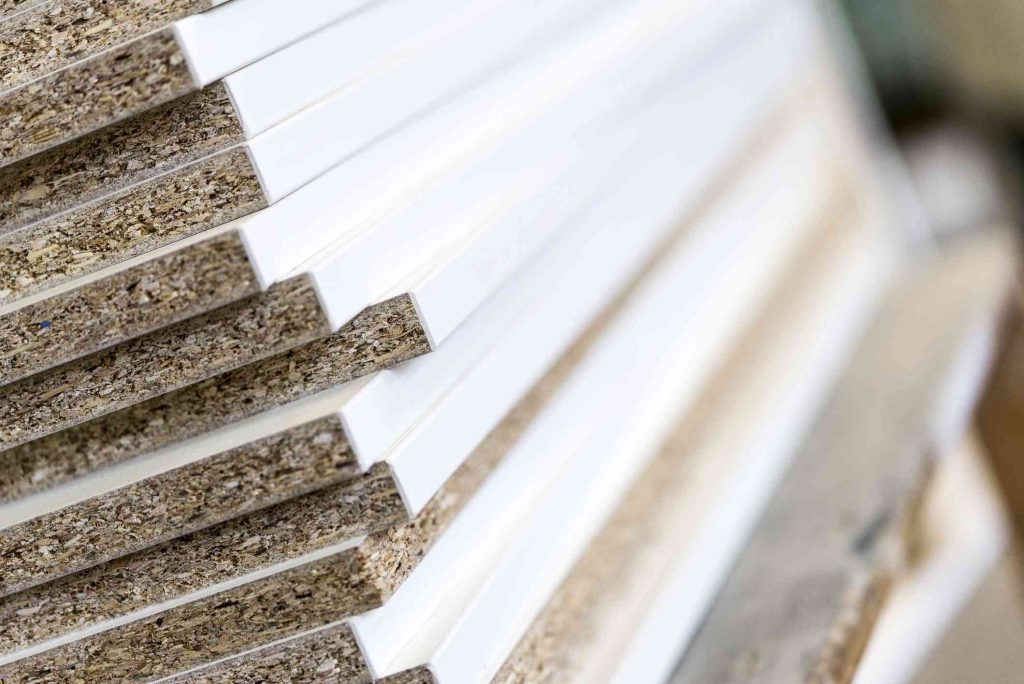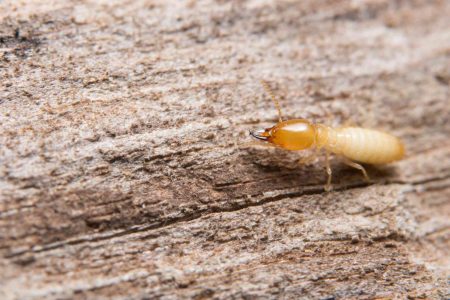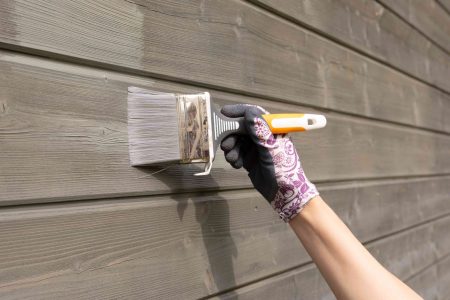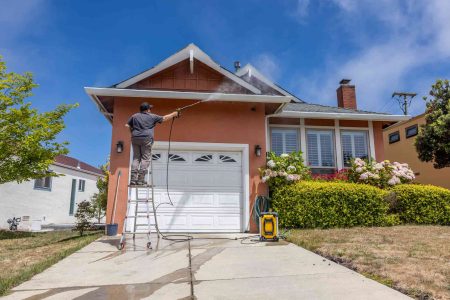Considering how much medium-density fiberboard (MDF) is filling today’s homes in the form of window and door trim and cabinets, it stands to reason that this material has to eventually be removed. But how do you dispose of it?
Options for Disposing of MDF
Because MDF is so brittle, you can easily snap trim into small sections and throw it in your regular garbage run, as long as your community allows this. Large MDF panels are tougher to break, but they will yield under the force of a framing hammer or sledgehammer.
Some communities include particleboard as one of the items they accept in their recycling programs. Some newer types of particleboard are the result of this nearly complete recycling loop, with up to 83-percent of the board being made from total recycled material.
What about burning MDF? Many homes now have outdoor fireplaces or indoor wood stoves, perfect places to burn up unwanted building materials. Would burning MDF particleboard in either place affect your health?
Warning
Beyond any health or environmental concerns, most cities will not permit illegal burns because of fire safety regulations. If you’re planning to burn MDF particleboard (or any large item), check regulations in your area.
What Is MDF Particleboard?
MDF stands for medium-density fiberboard. MDF is not 100 percent wood. It is largely a wood byproduct, made of wood chips and particles combined with binders and other resins to harden it into sheets.
MDF figures heavily into the construction of flat-packed furniture found at retailers like IKEA. Most houses have MDF somewhere: if not in large quantities in kitchen or bathroom cabinets, then in nightstands, dressers, and tables.
While often maligned, MDF allows lumber companies to use smaller diameter logs that otherwise would be unusable for large-scale manufacturing. Large logs are becoming a rare commodity. When they are available, the price can be out of reach of most consumers.
MDF that has been veneered in wood or melamine can perform for many years without a problem. As long as the outer veneer stays intact, the MDF should remain in good condition.
MDF: DHA and Certification
The real issue is with the hazardous substance urea-formaldehyde, which is used in the manufacture of MDF.
Formaldehyde is a chemical that is prevalent in many building materials such as drywall, plywood, and particleboard. It is colorless and flammable, with a pungent smell. Formaldehyde is also used as a fungicide and germicide, and most people are well aware that it is used as a preservative in mortuaries. Like many chemicals, small amounts of formaldehyde are not harmful.
In the short term, exposure to formaldehyde can result in coughing, wheezing, watery eyes, and sneezing. In larger amounts and over the long term, it has been linked to other health issues. It is such a concern that MDF is often issued with certification regarding the amount of formaldehyde emissions.
DHA’s Statement on the Burning of MDF
Brian Sause, Director of Testing, Certification, & Standards at the formerly-known HPVA Lab tells us:
The makeup of a fiberboard panel is dependent on the desired properties of the final product. There is a high degree of variability in the products with regard to wood fiber content and alignment, adhesive or resin type used, and other additives to adjust the performance of the panels.
As a general precaution, you should consider any composite material unsafe to burn in a household environment due to the unknown makeup. While there are concerns over high emitting products containing formaldehyde in an indoor air environment, toxicity of any combustible materials when ignited is a much greater concern.
The DHA’s certification of engineered wood products ensures that they do not contribute to elevated levels of formaldehyde in the home. Formaldehyde naturally occurs in raw wood and even in the human body. A certification does not mean that the products do contain additional formaldehyde but maintains that they are safe and controlled under anticipated conditions of normal use.
For those who are concerned, there are many products available to consumers on the market today that are certified as No-Added Formaldehyde (NAF) and Ultra-Low Emitting Formaldehyde (ULEF) products.
EPA on the Burning of Particleboard
The U.S. Environmental Protection Agency (EPA) issues recommendations against burning certain types of wood or wood products. These include items like cardboard, magazines, boxes, wrappers, pressure-treated wood, and even natural items like ocean driftwood.
The EPA includes particleboard in its list of woods that should not be burned.
Read the full article here














